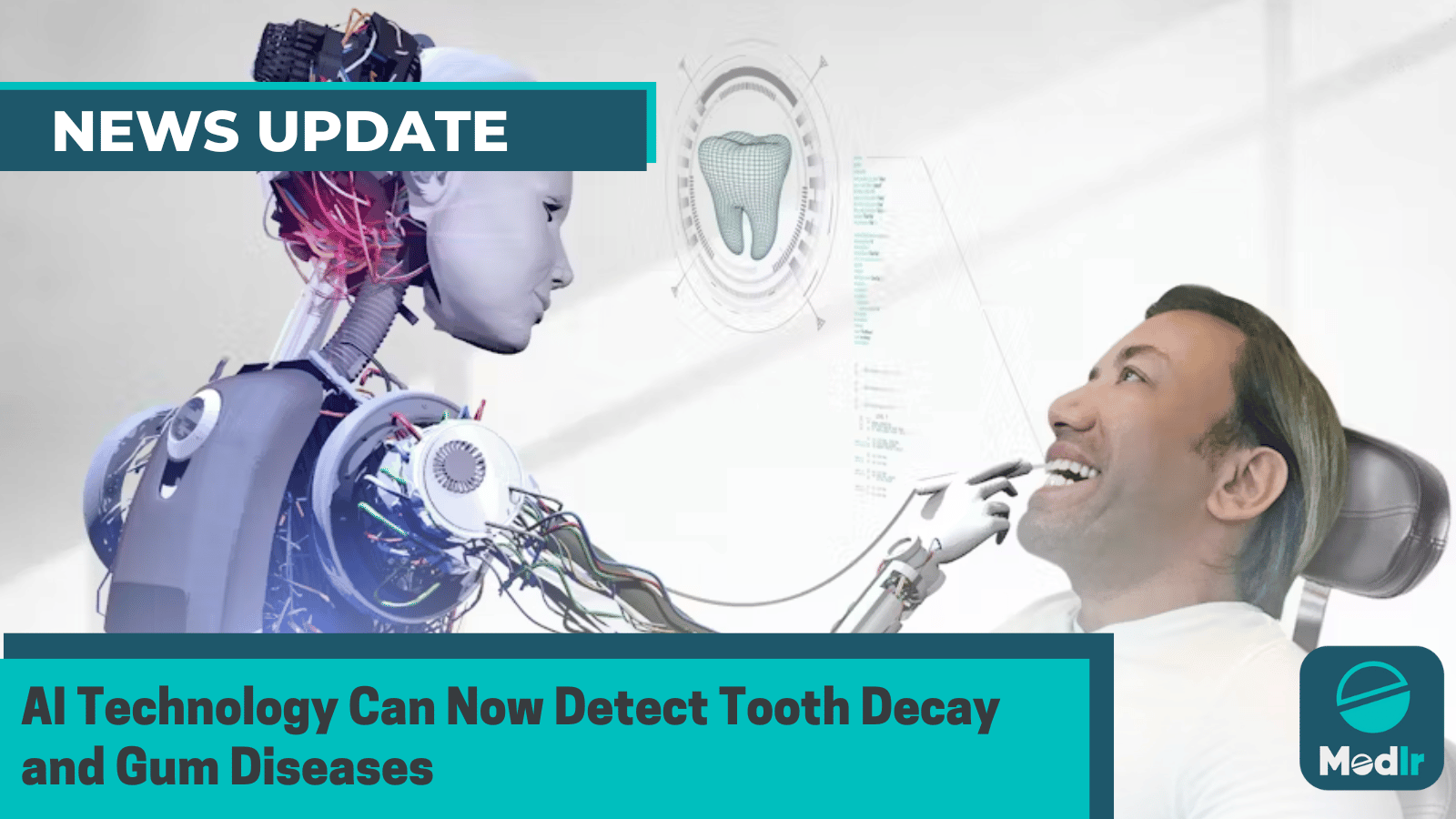AI Technology Can Now Detect Tooth Decay and Gum Diseases
Written by Shaveta Arora, Arushi Sharma
Discover how the University of Surrey's AI platform aids dentists in detecting tooth decay and gum diseases. This groundbreaking technology simplifies diagnosis and promises precise results.

The University of Surrey, King's College London, Royal Surrey NHS Foundation Trust, and Oral Health Foundation developed an AI platform to detect tooth decay and gum diseases using radiographs, addressing bacteria, sugary foods, and poor oral hygiene.
Diagnosing tooth decay is a straightforward process for dentists – they simply examine your teeth closely. X-rays are also employed to assess the extent of tooth decay, including its impact on the spaces between teeth and beneath fillings. This process has become significantly simpler now.
A New AI Program
Dentists and dental students benefit from a £1.55 million NIHR-funded project to improve accurate interpretation of dental radiographs and aid in disease diagnosis in clinical settings. The comprehensive solution aims to gather and annotate dental radiographs, enhancing their use in dentistry.
If implemented on a broader scale, this technology has the potential to save valuable time and resources. It empowers dentists to conveniently identify abnormalities and interpret radiographs with greater precision.
The project phase involves constructing a functional prototype for real-life clinical settings, assembling annotated radiographs, and training an AI model for dental disease detection. Expect comprehensive results in the coming years.
AI systems improve diagnostic accuracy and clinical decision-making, benefiting patients but requiring reliability. Researchers provide dental expertise and consider end-user requirements for success.